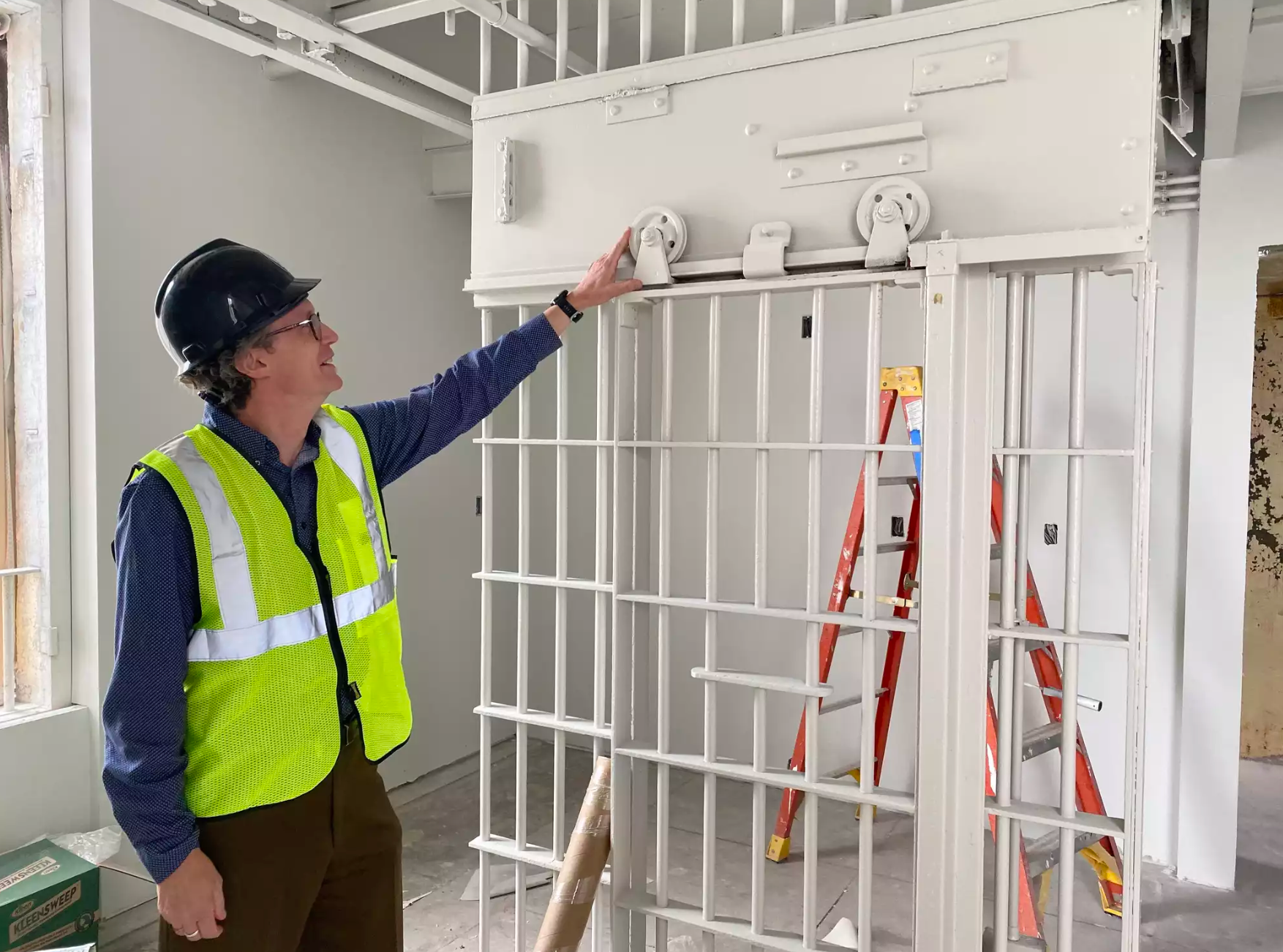Renewal of state historic tax credit program draws praise; projects
Published 12:43 pm Monday, June 5, 2023

- Developer Jon Commers discusses the $11 million transformation of a vacant jail in Duluth into an apartment building that was funded in part by state historic tax credits. Dan Kraker/MPR News
|
Getting your Trinity Audio player ready...
|
By Dan Kraker, Minnesota Public Radio News
Developers and community advocates working to revitalize historic buildings across Minnesota are once again eligible for a 20 percent tax credit, after state lawmakers included an eight-year extension of the program in the tax bill that was signed by Gov. Tim Walz.
Minnesota first adopted the program in 2010 to help developers save 20 percent on the cost to restore buildings listed on the National Register of Historic Places. It matches a 20 percent federal credit.
Despite enjoying bipartisan support, the program expired in 2022 when state legislators failed to pass a tax bill.
The impact was immediate.
“Over the 12 years that we’ve had a state historic tax credit, we’ve approved 193 projects. We’ve been averaging just over a dozen projects a year,” Amy Spong, deputy state historic preservation officer, told the state legislature in February.
Among the notable buildings restored with the help of the credit are the NorShor Theatre in Duluth, the Historic State Theater in Ely and the former Schmidt Brewery in St. Paul.
But after the program ended, Spong said her office only received three applications for the federal tax credit.
Now advocates expect those applications to quickly ramp up again, for projects such as the planned $47 million redevelopment of the long-vacant Duluth Armory into an arts, culture and music hub, commercial space and food hall.
“These buildings are more than just a real estate project,” said Meghan Elliott, a historic preservation advocate, developer and consultant.
“They are jobs and they’re sustainability and they’re community development and they’re economic development. And without tools like the state historic tax credit, these projects simply can’t happen. Because the cost of reusing these buildings often exceeds what their end market value will be. And without tools like this, there’s no way to do the projects,” she said.
Elliott was one of the developers who recently transformed a vacant century-old county jail in downtown Duluth into a 33-unit mixed income apartment building that she said is now more than two-thirds filled with tenants.
The historic tax credit renewal is forecast to cost the state about $27 million over the next four years. But an analysis from the University of Minnesota Extension has found that projects generate about $10 in economic activity for every dollar of state tax credit awarded.
Minnesota is one of 37 states that have some sort of incentive to encourage historic building redevelopment.
But Elliott says Minnesota’s program stands out because it doesn’t limit the size or number of projects eligible.
“We have a lot of interest in the state of Minnesota and we even have a lot of investment from outside of the state of Minnesota that wants to do projects here, because our program is so powerful.“




